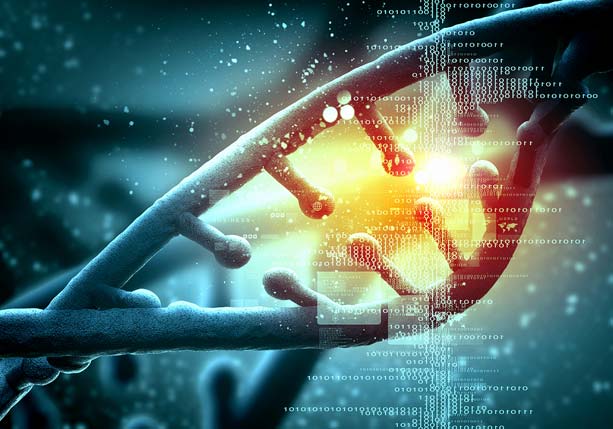
U.S. Energy Department scientists say a new method of analyzing genetic mutations in proteins in human hair could lead to the first forensic technique other than DNA profiling that could reliably match biological evidence to a single person with scientific precision.
Researchers at Lawrence Livermore National Laboratory in California said their early study - using hairs recovered from 76 living people and six sets of skeletal remains from London dating to the 1750s - shows the promise of hair "proteomics," or the study of proteins that genes produce.
"We are in a very similar place with protein-based identification to where DNA profiling was during the early days of its development," said Brad Hart, director of the national laboratory's Forensic Science Center and co-author of the study with lead researcher Glendon Parker. "This method will be a game-changer for forensics," Hart said, while cautioning that many steps remain before it is validated.
If borne out, independent experts said, hair protein analysis could address concerns about the reliability of visual comparisons of hair strands, a technique whose subjectivity has opened it to criticism that experts' claims were frequently being overstated.
Protein analysis also could produce a valuable way to corroborate existing, cutting-edge DNA testing that draws on tiny traces or mixtures of genetic material from different people. DNA mixtures can be found in samples as small as a handful of skin cells invisible to the eye. But the interpretation of results has become more complex and controversial even as trace or low-copy DNA testing becomes one of the fastest growing areas of crime lab work.
With protein analysis, "The best-case scenario is you will eventually have, in five to 10 years, a complementary but separate method than we currently have to correctly identify or to exclude the right person involved in a crime," said Glinda S. Cooper, director of science and research at the Innocence Project, which advocates for prisoners seeking exoneration through DNA testing.
The caveat with the Livermore study, she said, is its small sample size.
"We need to know much more about the variability in populations of what they're measuring, and we need to know it for" subgroups ranging from whole racial groups and groups of people from different regions of the world, for example, down to immediate and extended families.
In the study, published in the Public Library of Sciences journal PLOS One, Hart's team piggybacked on human genetic research that has revolutionized criminal investigation since the first DNA conviction in 1988.
Unlike visual comparisons of features such as human fingerprints or hairs that rely on expert opinions about a match, DNA profiling calculates the precise odds a piece of evidence came from an individual by searching for short, repeating sequences of genetic material at different points a person's genetic blueprint.
Proteins, like DNA, are long chains of molecules assembled using recipes in each person's DNA, which parents pass to their children, Hart said.
Hart's team established that DNA mutations in a person also cause tiny changes in amino acids, which are the building blocks of proteins. The frequency of changes can be measured, and once it is known how often the protein mutations occur among a given population, the protein analysis could be used the same way as DNA to identify a person, researchers said.
The Livermore study was conducted with Protein-Based Identification Technologies of Utah, founded by Parker, and in collaboration with researchers at seven universities in the United States and Britain.
The study found 185 protein markers in an examination of male and female hair samples from 66 European Americans, five African Americans, five Kenyans and six remains taken from cemeteries in the greater-London area dating from the 1750s to 1850s.
The number and pattern of each person's protein markers in combination were unique, Hart said.
Participating and independent scientists cautioned any initial research must be viewed skeptically, subject to confirmation by others.
Christopher J. Hopkins, director of the Forensic Science Graduate Program at the University of California at Davis, where a colleague collaborated in the Livermore study, said researchers still face questions, including why hair protein markers vary between identical twins with matching DNA profiles, and whether diet or the environment can change protein markers over time.
Still, Hopkins, a 25-year FBI agent who spent six years as an FBI Laboratory hair comparison expert, said, "I don't think it's an overstatement to say it could be a game-changer" because of the frequency with which hair is found at violent crime scenes.
DNA can be recovered from hair roots, but not often. Less precise DNA testing can be performed on hair shafts but can only be traced to people who share a heritage on their mothers' side. Both types of DNA can degrade over decades compared with hair proteins that remain intact for centuries.
An FBI spokesman said the bureau "is aware of and following the research."
Hart said the lab has spent about $3 million on work so far, with support from the U.S. Defense Department and in conjunction with Justice Department research grants.


 Contact The Editor
Contact The Editor
 Articles By This Author
Articles By This Author
